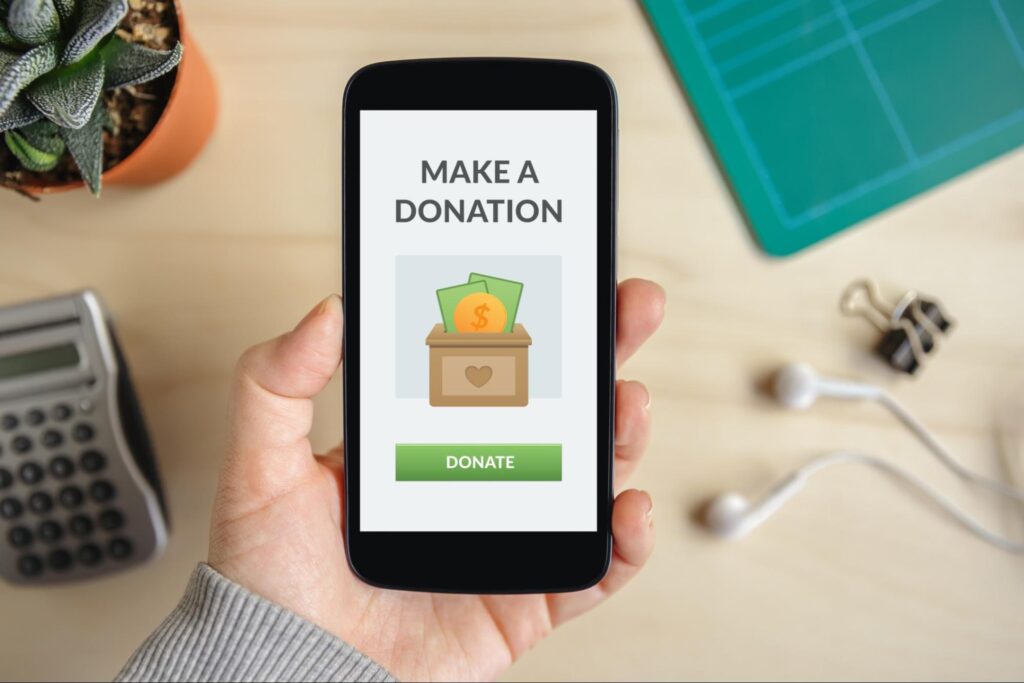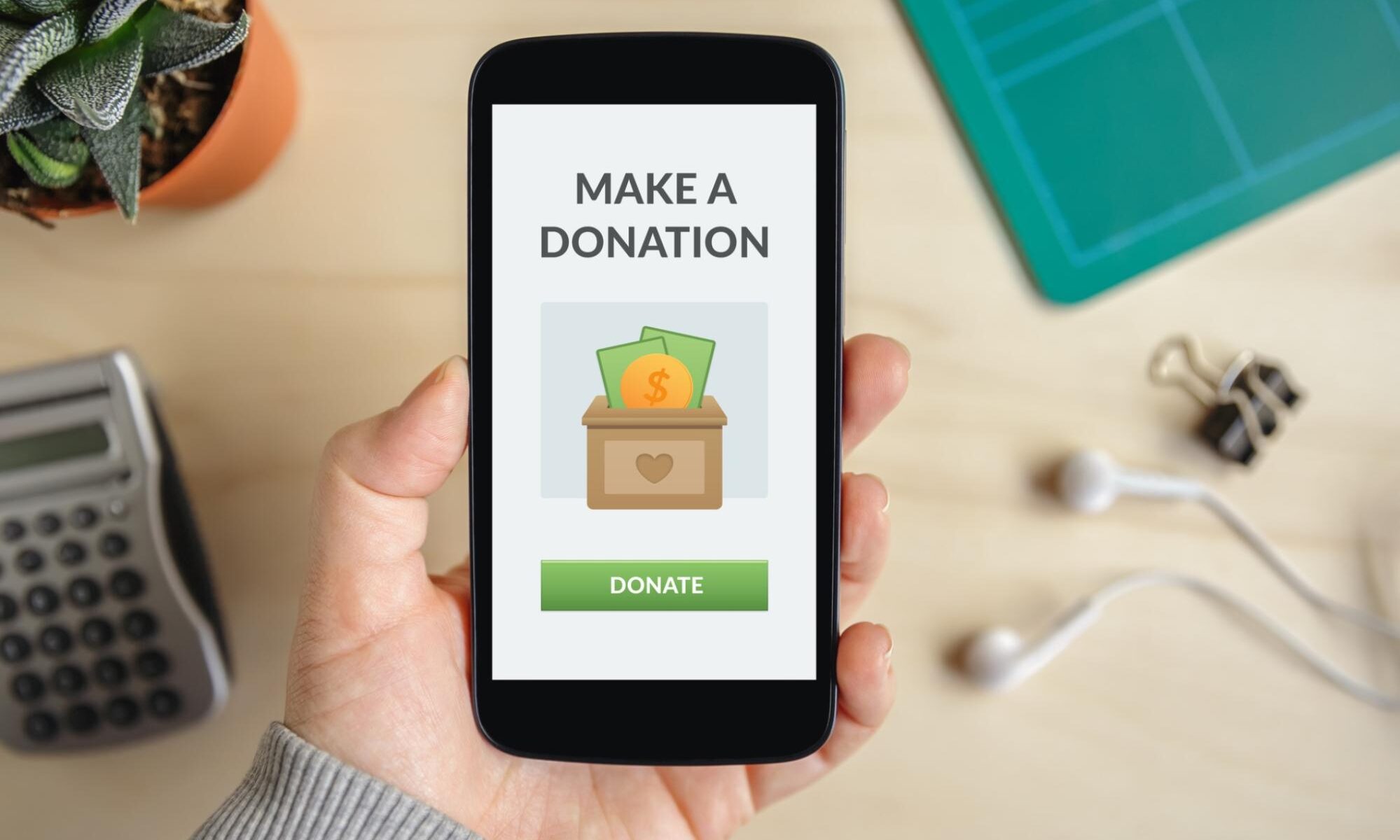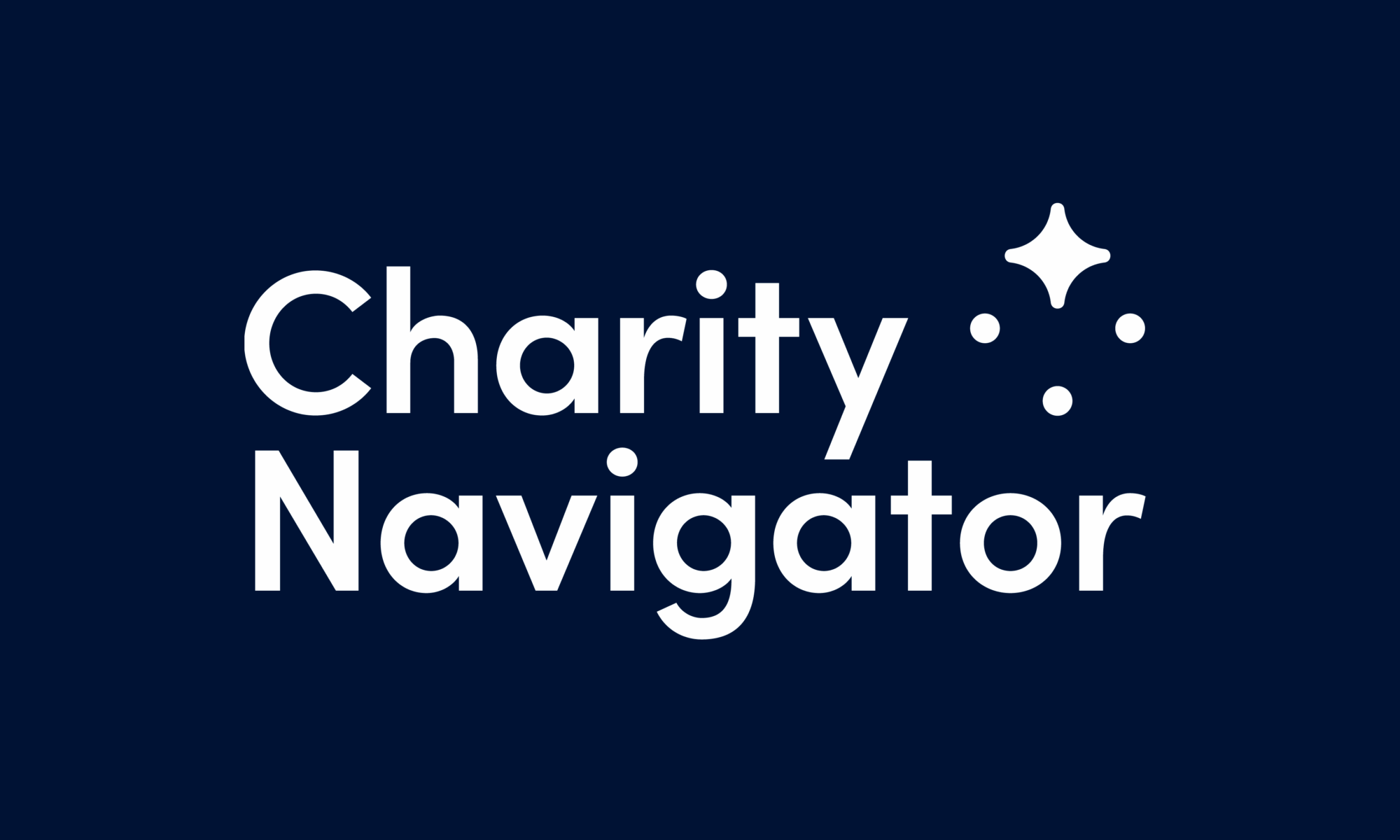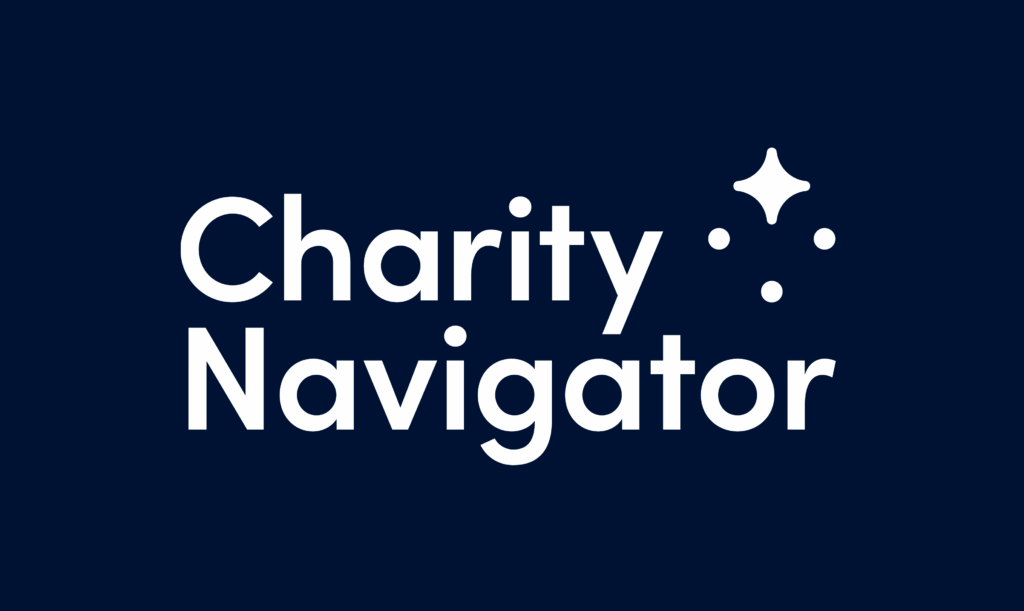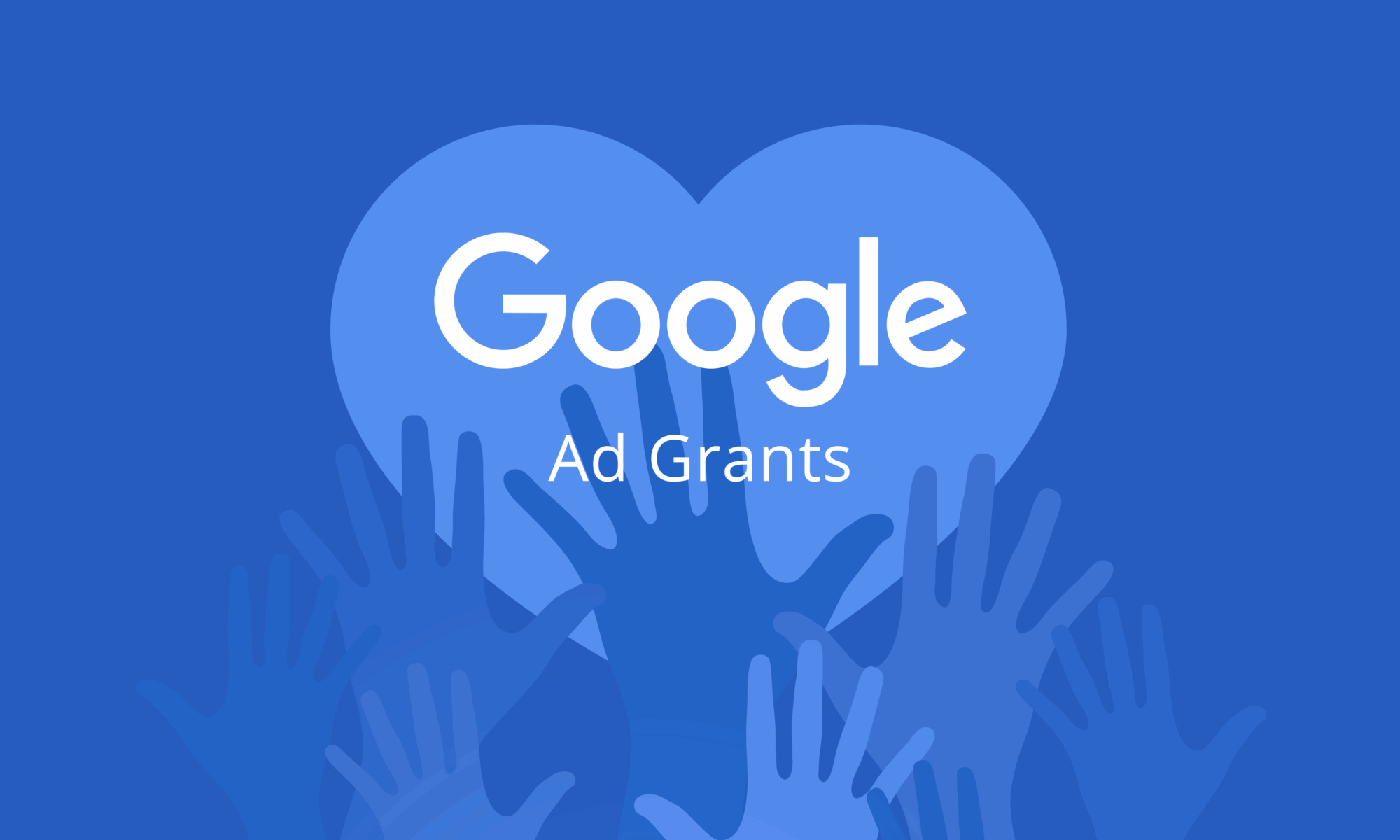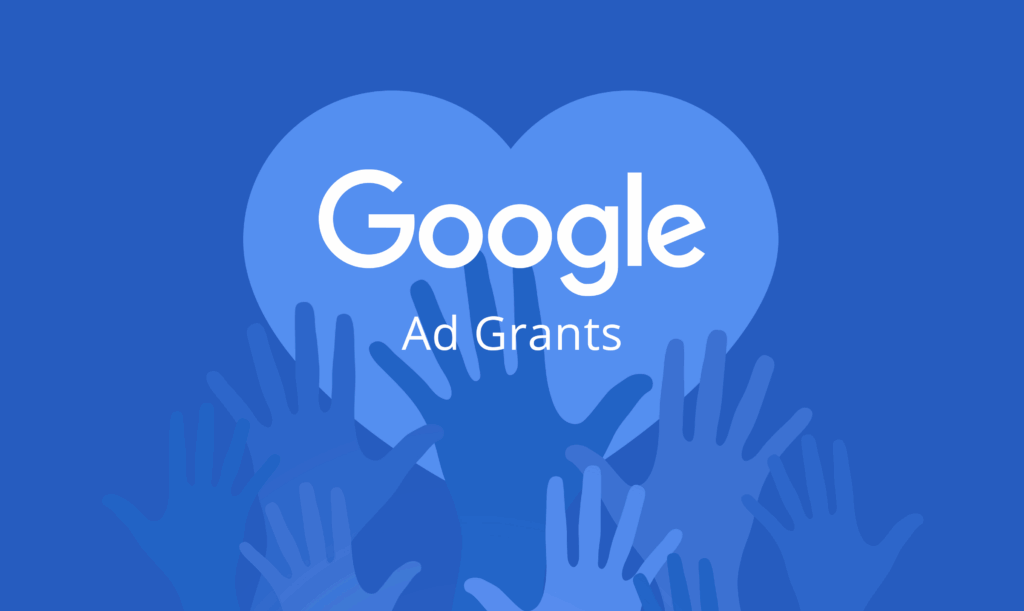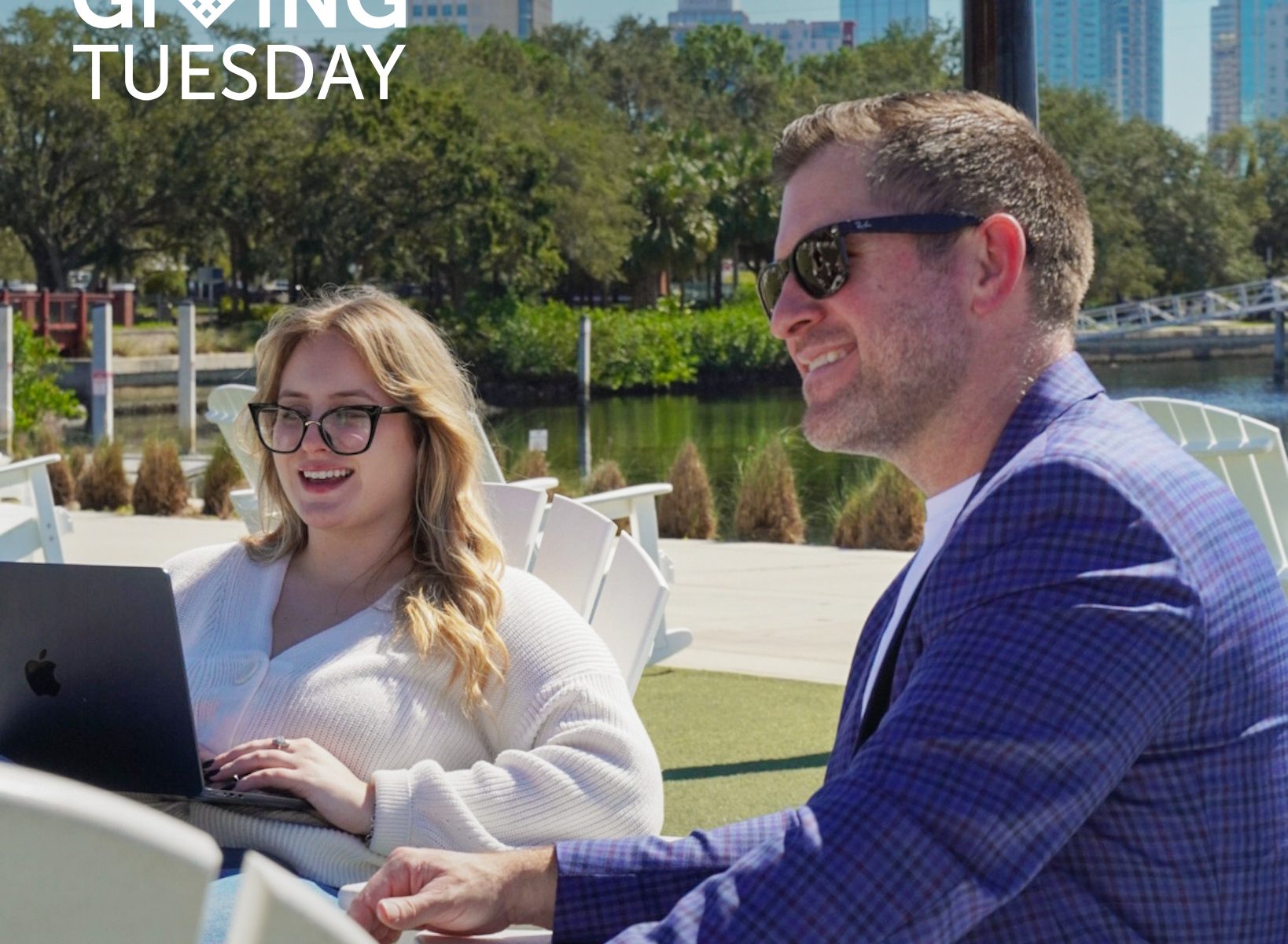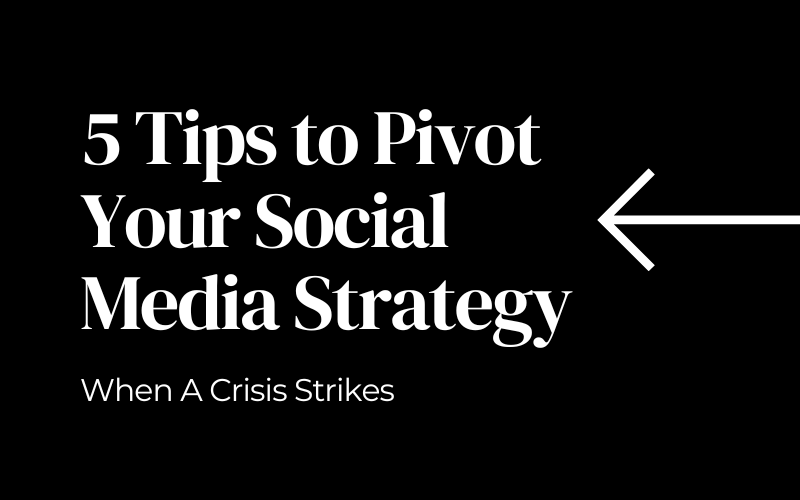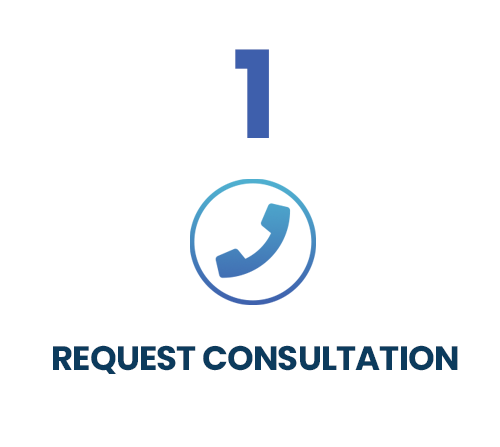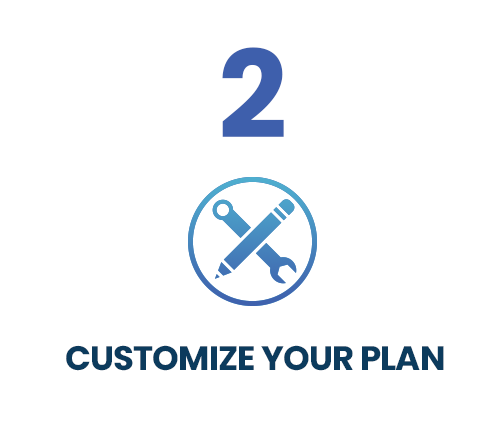
With so many organizations competing for attention on social media, it can be easy for nonprofits to feel ignored. However, with the right strategies, messages, and creativity, your organization can find ways to stand out and connect with people who care.
Below are 21 powerful social media inspiration posts our team curated to help your nonprofit communicate its mission, grow and engage followers, and cut through the noise.
1. Educational content
When people better understand the issues you’re addressing and the impact of your work, they’re more likely to form a meaningful connection and develop real passion for your cause.
Here is an example from Florida Aquarium. In this post, they educate the audience with some fun facts about sand tiger sharks. Someone who has viewed this post might take a specific interest in it and want to learn more and visit the Aquarium.
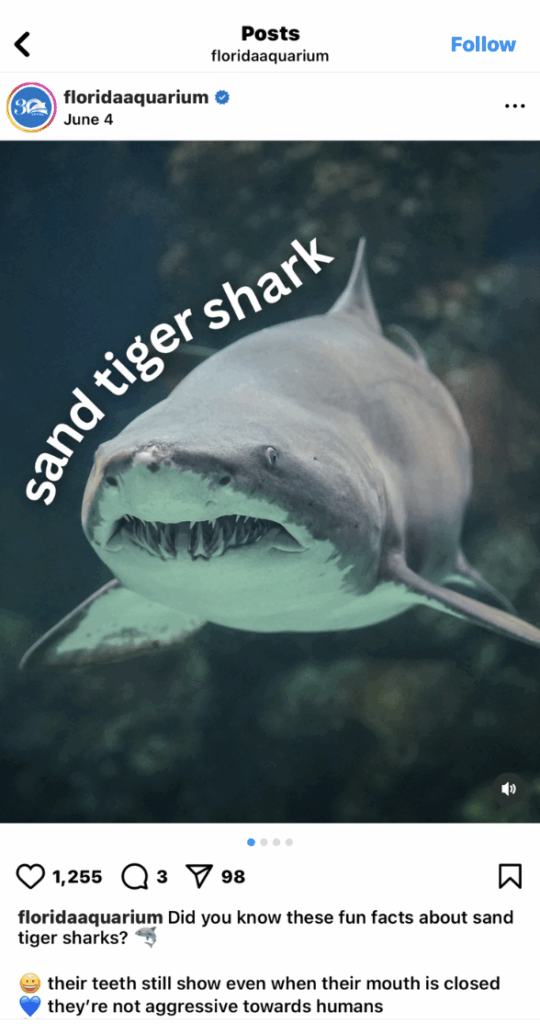
2. Highlight supporters and volunteers
Your work would not be possible without the efforts of your supporters and volunteers. Highlighting them on social media is a great way of giving thanks, paying tribute to their hard work, and making your organization feel more personable.
This post from Crisis Center of Tampa Bay does a great job calling attention to their supporters and volunteers while also raising awareness for their cause.
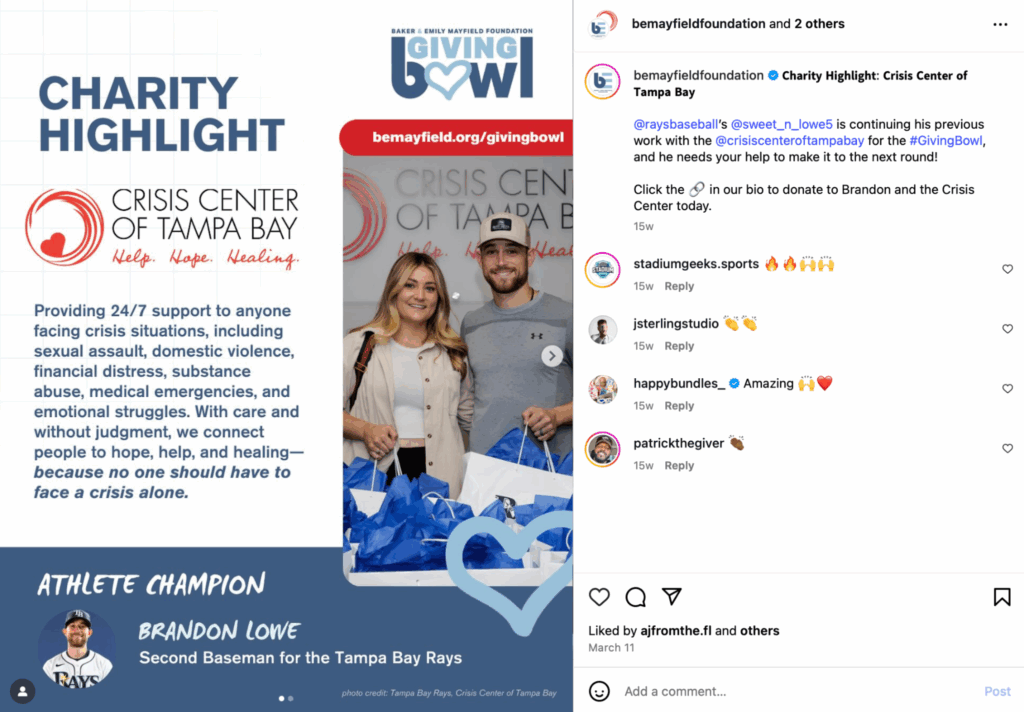
3. Share Goals
At the end of the day, your mission is what truly matters, so make it shine on social media. Sharing your goals and their impact not only builds trust but also helps to create genuine connection with your audience.
Whether you’re working toward a major objective or celebrating a recent achievement, sharing these moments on social media demonstrates your honesty and reminds supporters why your cause matters.
In the example below, Tampa Bay Beautiful shows off their impact with a graphic post emphasizing their impact from planting 800 trees in the community.
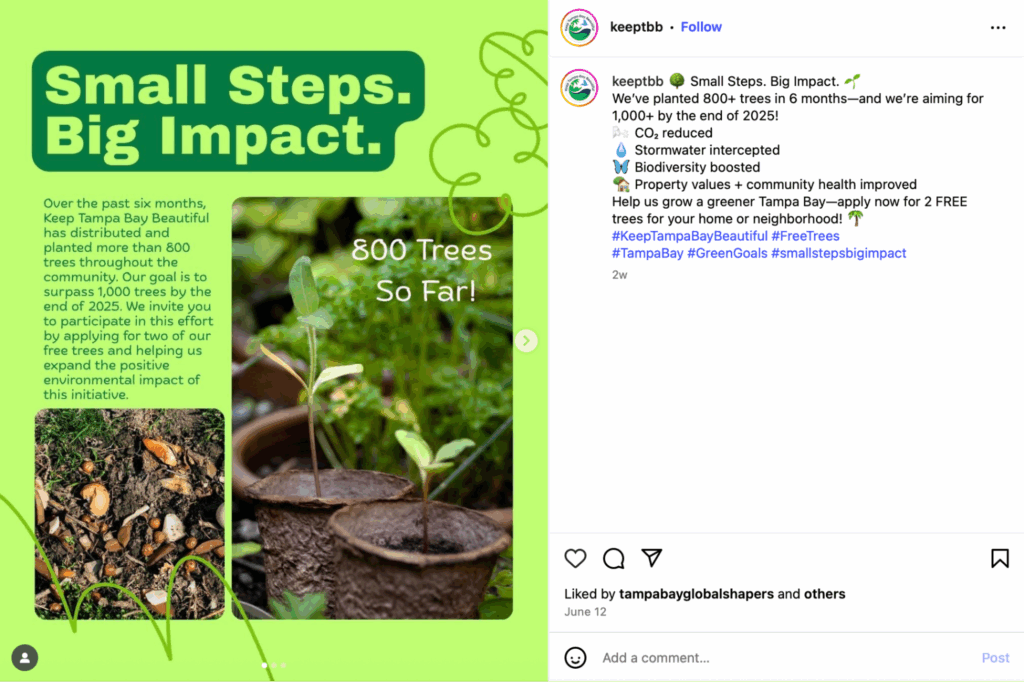
4. Thought Leadership
Thought leadership posts are a powerful way to share your organization’s story through credible, passionate voices. They help people connect with your mission on a deeper level. Whether it’s a quote from a leader, volunteer, or partner, their words are meaningful and worth sharing.
In this post from Habitat for Humanity, they share an important quote from the VP and Executive Director at Habitat Capital.
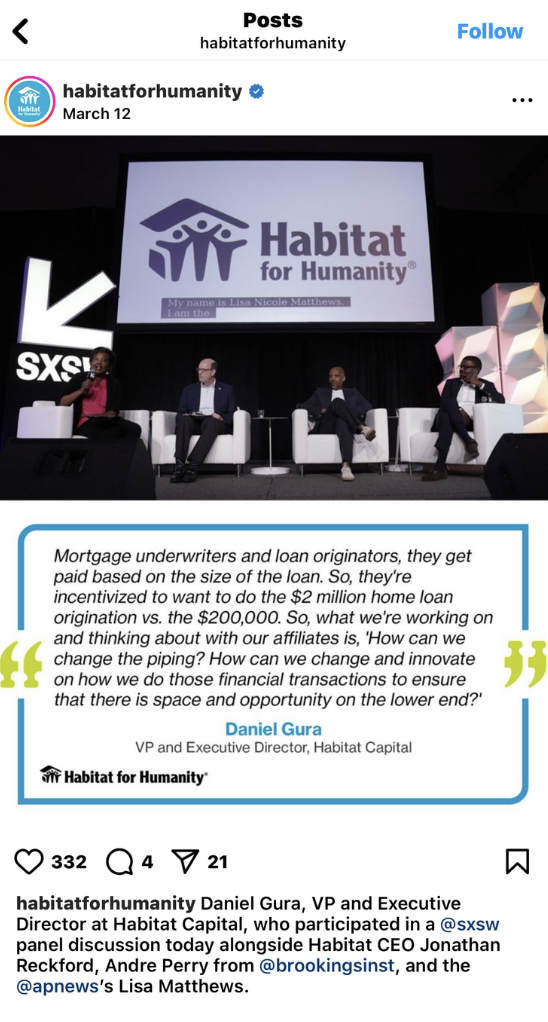
5. Showcase Achievements
Your nonprofit’s hard work deserves recognition. Sharing your achievements on social media not only shows that you’re proud to be part of your organization, but it also inspires others to get involved.
Check out this post from Metropolitan Ministries celebrating their recognition as one of the nation’s top workplaces for culture excellence. Moments like these are worth sharing!

6. Behind the Scenes
“Behind the Scenes” videos give your audience a glimpse into what it’s like to be part of your organization. It’s a fun, creative way to share your work, raise awareness for your cause, and let supporters see the people behind the mission.
This video from the Humane Society of Tampa Bay offers a behind-the-scenes look at a photoshoot for dogs available for adoption. It helps the organization connect with their audience while also showing the positive impact of their work and drive adoptions!
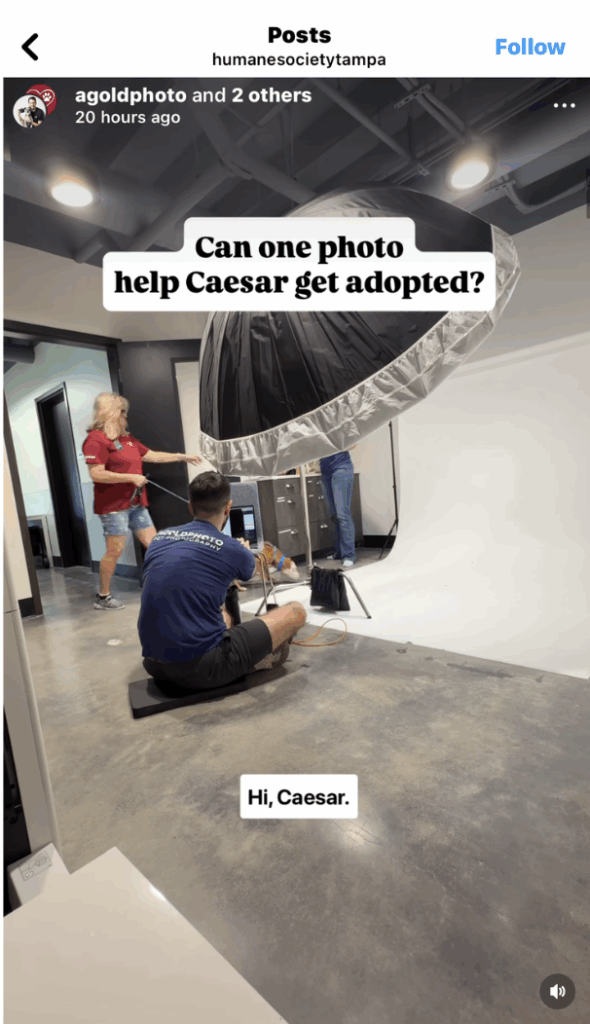
7. Stats That Matter
Posting statistics helps your audience understand the importance of your mission with real facts. Numbers add credibility, show progress, and give your supporters something concrete to talk about. When you post this kind of content, you’re inviting others to join in and help move those numbers in the right direction.
This post from Feeding Tampa Bay is a great example, using stats to highlight an important issue the nonprofit is actively addressing.

8. Promote Your Website or Newsletter
Whether it’s your website, newsletter, or both, promoting them on social media will bring in more traffic and grow your audience. These posts give people a chance to take action, whether that’s signing up, learning more, or simply staying connected to your cause.
Check out this carousel post from Ding Darling Wildlife. It ends with a simple CTA slide: “Want to continue reading? Subscribe to our E-newsletter.”

9. Staff Spotlights
Spotlighting your staff is a fun way to create content while also showing appreciation for the people who make it possible to fulfill your nonprofit’s mission.
In this post from Phoenix House Florida, they celebrate the 18th work anniversary of their President & CEO. It’s a great way to keep your community in the loop and celebrate the people behind the mission.
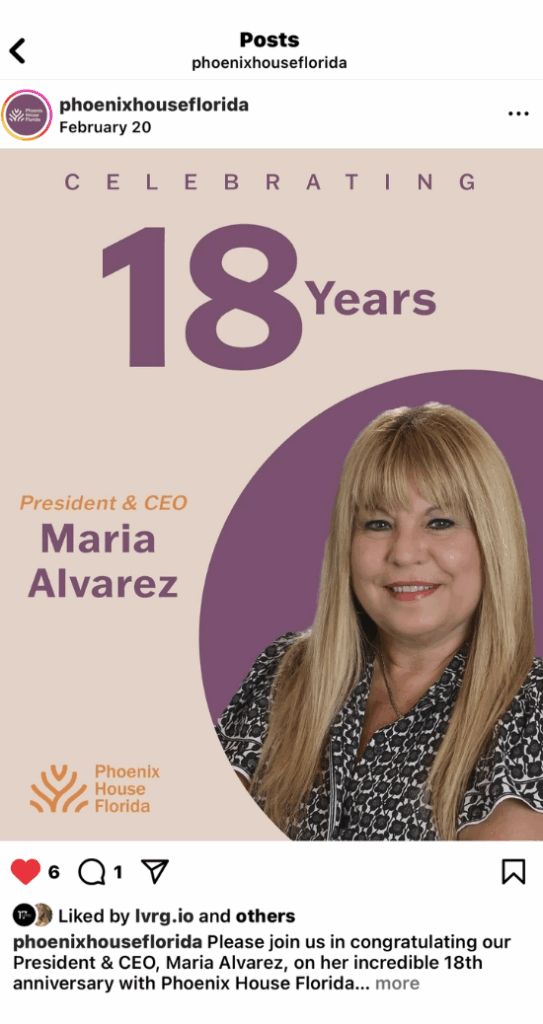
10. Thank-You Posts
Thank-you posts are a simple, yet powerful way to express gratitude to your supporters. Whether it’s a quick shoutout or a more elaborate post, any form of appreciation reminds your supporters that their efforts count. It also encourages people to support an organization where they know their efforts will be seen and valued.
Here’s a great example from the Hillsborough Education Foundation, thanking the Tampa Bay Seminole Club for their scholarship donation. A little gratitude goes a long way!
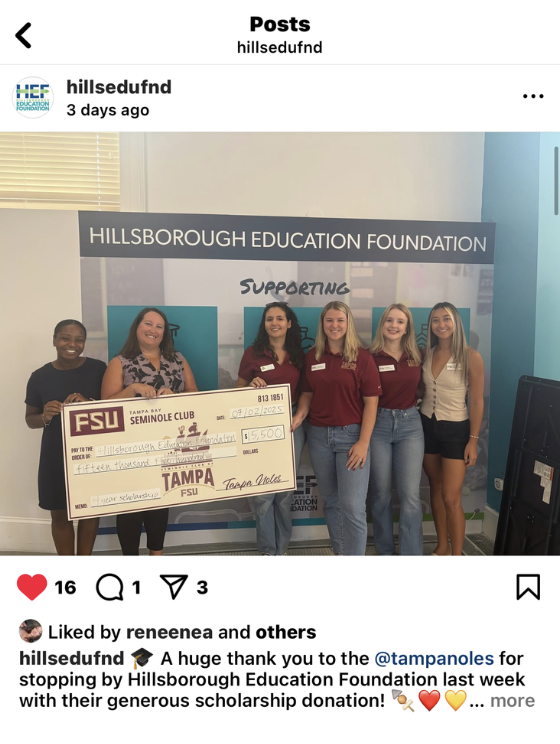
11. Promote Events and Activities
Your social media is the perfect place to advertise upcoming events and activities. Showing the audience gets them aware, interested, and wanting to learn more.
In this post from Tampa Bay History Center, they do a great job promoting their History Adventure Camp and getting followers interested in what’s coming up.

12. Unique Visuals
With so many organizations sharing content daily on social media, posting unique and eye-catching visuals can help your nonprofit stand out in the feed. Allow yourself to get creative with it, whether it’s using AI-generated imagery or high-quality visuals that truly grab attention.
This Big Cat Rescue post used AI to create an exotically unique image to capture the eye and get people interested in their mission.

13. Celebrate National Days
Celebrating National Days is a fun way to show that your organization is made up of real people who care and celebrate just like everyone else. It helps you connect with your audience while still spreading awareness for your cause.
Check out this post from Zoo Tampa. They celebrated Father’s Day by showing one of their monkey dads getting spoiled with his favorite treats, a cute and heartwarming way to tie the holiday back to their mission.

14. Memes That Match Your Mission
Memes are a fun and clever way to grab attention while also connecting with your audience. Whether you’re creating your own or hopping on a trend, memes that relate back to your nonprofit’s mission can help increase interest and get people wanting to learn more.
Here you can see how Bat Conservation International uses humor to connect with their followers by sharing a meme about bats.

15. Participate in a Challenge
Who doesn’t love a good challenge? Taking part in original or trending challenges shows your organization cares about doing good, but also knows how to have fun too. People love challenges, so show them you do too.
Take a look at this post from ALS. The energy in both the video and caption shows how much they care about their mission and how creatively they promote their cause.
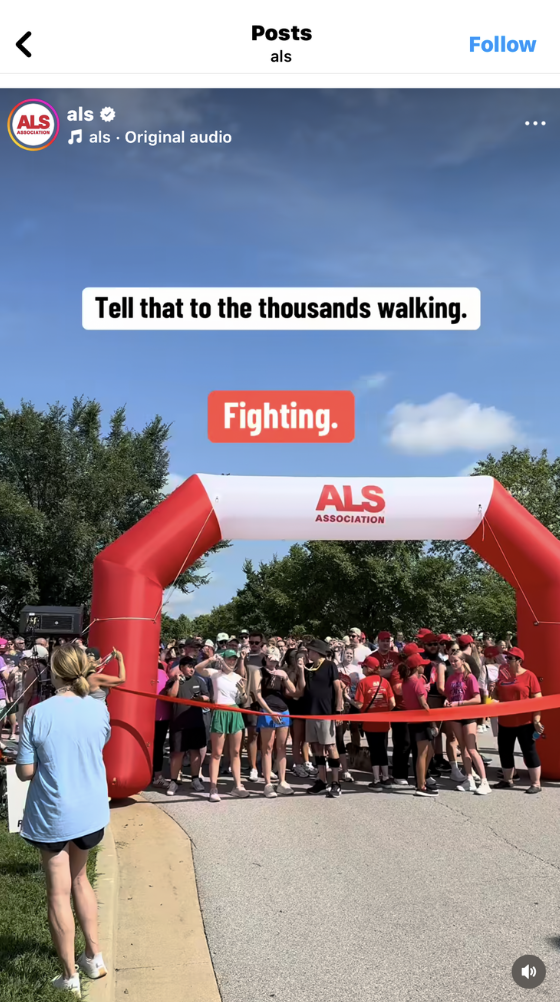
16. Interactive Content
It wouldn’t be called social media if it didn’t provide opportunities to be social! Giving people chances to interact on your platforms makes them feel included and connected. Whether it’s a poll, quiz, or question box, let them join in!
American Ballet Theatre connects with their audience by using interactive Q&As on Instagram Stories. By letting followers submit questions and receive answers from dancers, they make their audience feel special, appreciated, and part of the experience.

17. Throwback Posts #TB
Just because something happened a while ago doesn’t mean it can’t be posted. Throwback posts are a great way to reflect on important history, celebrate past events, or show how much progress your organization has made since then.
The American Red Cross uses this throwback post to share a cool piece of history. By highlighting how Marie Curie helped create mobile X-ray units during WWI, they show just how far their mission goes back.

18. Share a Blog Post
If your nonprofit has a blog that’s updated regularly, share new blog posts to boost engagement and get more people hooked on what your organization has to say. Don’t forget to include a call-to-action and link back to your website!
In this video post from Kiwanis, they encourage their audience to learn more by promoting their blog as a resource. It’s a simple yet effective way to drive new traffic back to their site, where they might encourage them to sign up for their newsletter or take some other action to collect data and stay in touch.
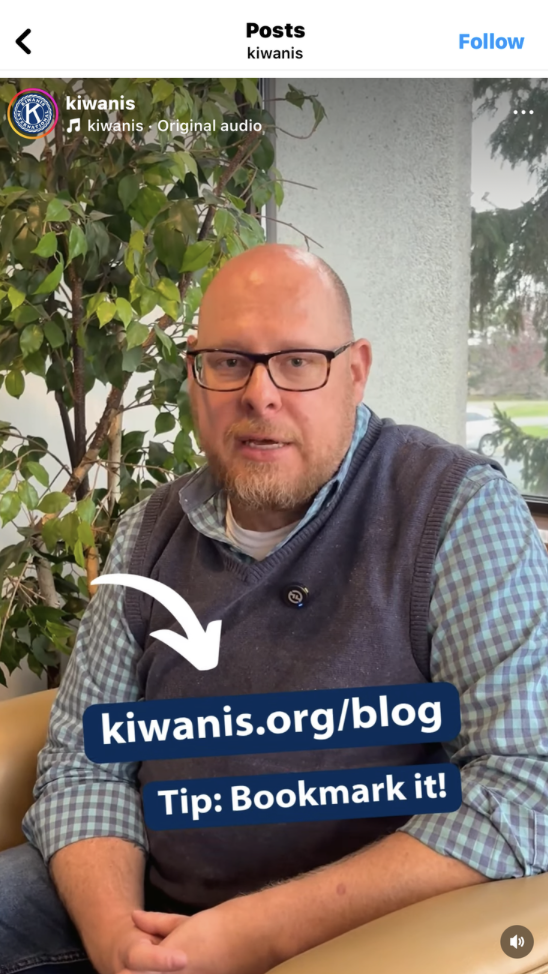
19. Inspirational Quotes
Everyone loves a good quote. They can be motivational, inspirational, and empowering. Sharing a quote that relates to your mission helps spark emotion and makes people want to be part of something meaningful.
Here’s another example from To Write Love on Her Arms. Their quote evokes emotion and gives the audience a deeper look into what their organization stands for through powerful words.

20. Celebrate the Seasons
Seasons get people excited, so it’s no wonder seasonal content does too! Sharing how your organization celebrates a holiday, whether it’s a seasonal event, dinner, or show, helps you embrace that seasonal cheer along with everyone else.
Check out how Junior Achievement Tampa Bay got into the Halloween spirit with a fun dress-up activity.
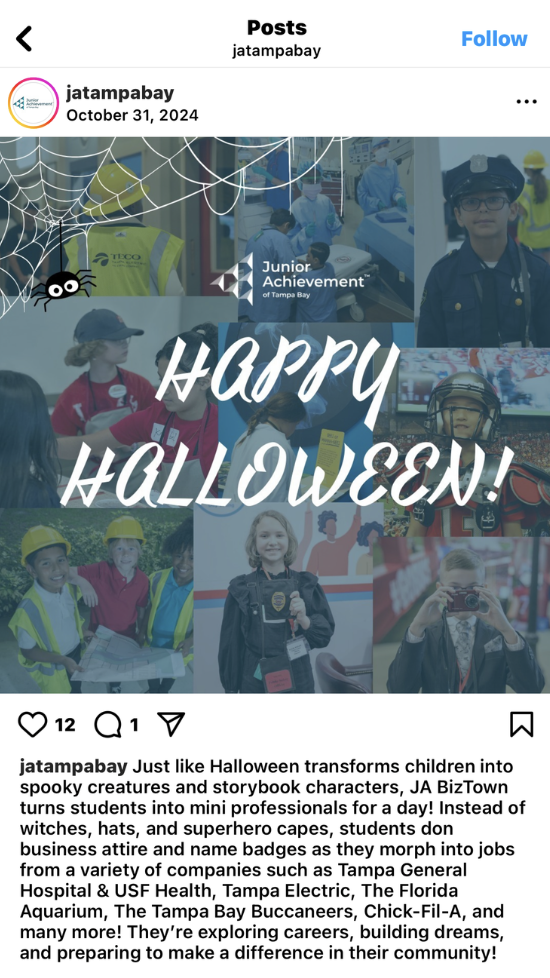
21. Podcasts
If your nonprofit has a podcast, sharing clips is a great way to promote it while getting people more interested in your organization. Even if you don’t have a podcast, sharing short audio or video clips like interviews, Q&As, or special guests can still engage your audience and help bring your mission to life.
Make-A-Wish Southern Florida shares a clip from their podcast in a social media post, encouraging new listeners and increasing awareness of their mission.

Successful social media for nonprofits is no coincidence. It’s the product of intentional planning, consistent focus, and a genuine understanding of your audience. By finding the right strategies and staying authentic to your cause, your nonprofit can create a strong online presence that fosters awareness, excitement, and lasting impact.
Remember that every post is an opportunity to connect, inspire, and grow. Ready to take your social media to the next level? Start putting these strategies into action today.
Want to learn how the leading nonprofits are maximizing tools like social media and Google Ad Grants to build donor pipelines and make smarter marketing decisions? Schedule a consultation today.
